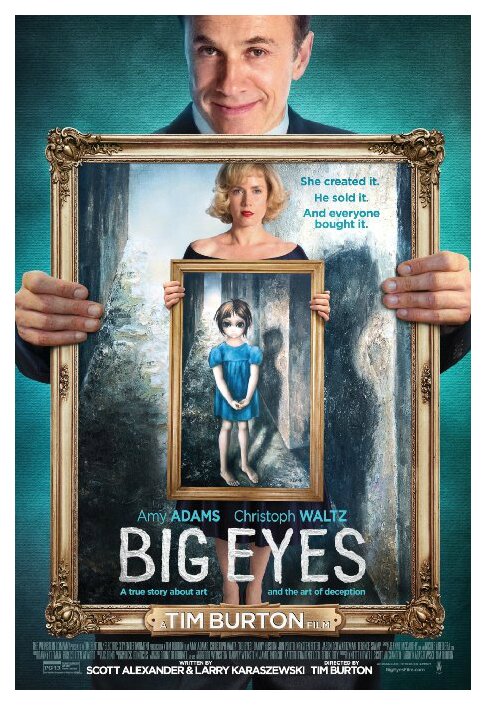“There have been two great accidents in my life.
One was the trolley, and the other was Diego. Diego was by far the worst.”
–Frida Kahlo
To say that Frida Kahlo and Diego Rivera had a fairytale marriage would be a stretch. They married, divorced after 10 years and remarried a year later. He cheated on her with several women, including her sister Cristina. Kahlo had her share of infidelities as well, including one affair with exiled communist leader Leon Trotsky. Rivera and Kahlo shared the same house but lived in opposite wings.
Both artists were famous in their own right. She is known for her self-portraits, he for his politically charged murals. They met in 1922, during her first year as a student at the National Preparatory School in Mexico, where he was working on a project.
They married the first time in 1929. This was Rivera’s third marriage, and he already had several children by his previous wives. Kahlo was unable to have children due to a streetcar accident when she was 18 years old.
The two were brought together by their love of art and politics. They were involved in the Communist, Trotskyite and Stalinist movements. When Trotsky and his wife were exiled from the Soviet Union in 1937, Mexico granted them asylum, and they went to live with Kahlo and Rivera for a time.
Kahlo and Rivera went through several periods of separation, divorcing in 1939 after Kahlo went to live in Paris. They remarried in 1940 but continued to live predominantly separate lives. Kahlo died in 1954, due to a pulmonary embolism (some claim it was suicide), and in his autobiography, Rivera wrote that the day of her death was the most tragic day of his life.
Although Rivera was not a member of El Taller de Gráfica Popular, a Mexican printmaking collective that aimed to use art to advance revolutionary social causes, he knew and worked with many artists who were. The TGP was known for its leftist views and radical tactics. David Alfaro Siqueiros, another member of the TGP, orchestrated a failed assassination attempt on Trotsky after the Marxist leader left Rivera and Kahlo’s home.
From June 13 to Sept. 13, you’ll be able to view some of the TGP’s work as part of the Georgia Museum of Art’s exhibition “El Taller de Gráfica Popular: Vida y Arte,” which will take over all the temporary exhibition galleries. Although Rivera does not have any works in the exhibition, there is an illustrated corrido (ballad) in his honor. You can read more about the exhibition here.
Photo credit: Bio.












